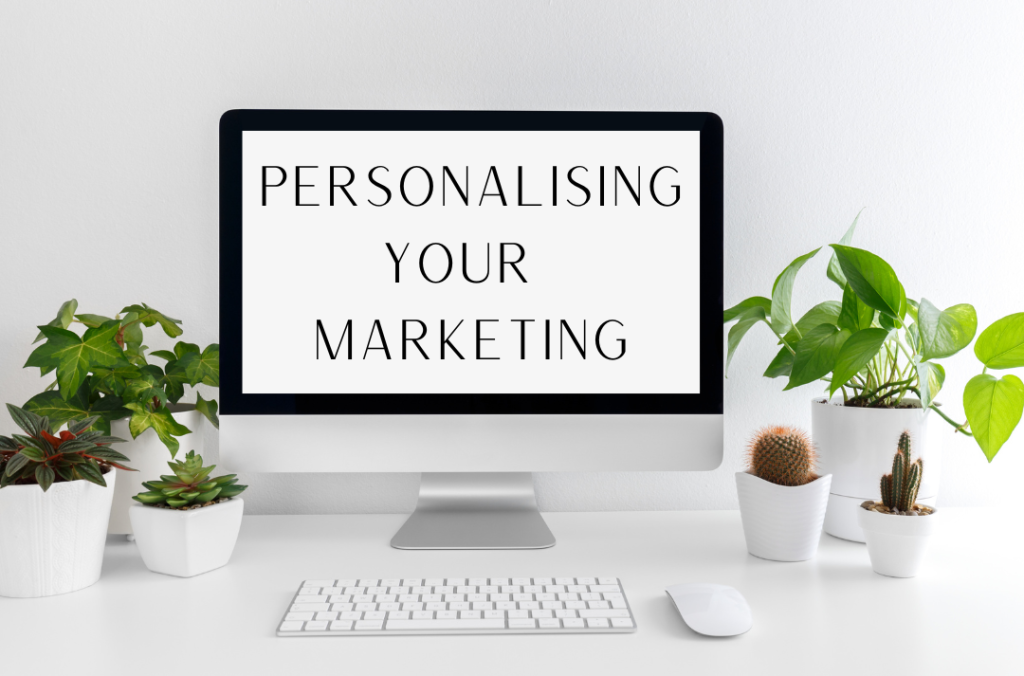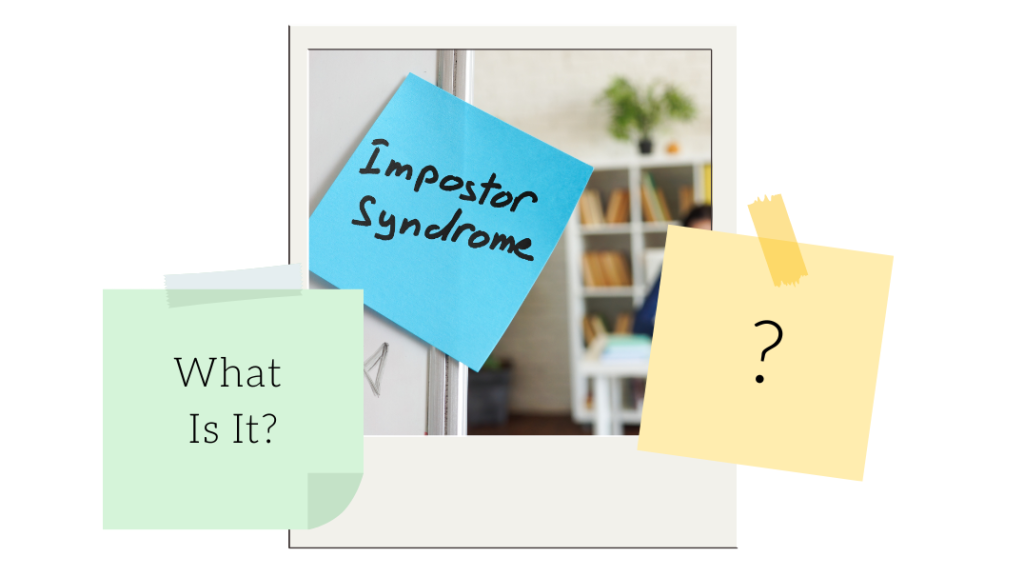
7 Ways VA’s and AI Can Have a Perfect Relationship!
Is it VA’s and AI or VA’s v’s AI?
In the rocky world of business, Virtual Assistants (VA’s) have become indispensable superheroes, swooping in to save the day by managing calendars, handling emails, and providing stellar customer support.
But, with the rise of AI, things are changing at a super fast pace, and like most modern professionals, VA’s are getting in on the AI act to help with all sorts of tasks, and as a result, becoming more efficient.
However, is everything as whoop-de-doo as it seems? Can a VA use AI tools like ChatGPT or Copilot and the like, yet still keep that human touch that businesses love about hiring a virtual assistant?
Of Course!
They can! AI is a great tool for VA’s, and can help in a variety of ways. But, and there is a huge but – when clients hire a VA, they hire a human, an actual person as an assistant.
In this post, I’m going to look at 7 benefits of AI and how these benefits can actually help a VA add even more of the human touch, so many clients demand.
But, just before diving into the 7 Ways VA’s and AI Can Have a Perfect Relationship, here’s a joke:

Why did the virtual assistant bring a ladder to work?
Because they heard the tasks were on a whole new level!
Rubbish, isn’t it?
That’s because it was written by ChatGPT, and I think it perfectly encapsulates that whilst AI is a great tool for VA’s, and other professionals, human beings will always be needed, especially when it comes to putting smiles on faces!
That said, here’s a list of ways VA’s can work with AI, and still retain that all important human touch.
Let’s dive in!

Sorry, another rubbish joke, can I also blame that one on AI?
(nope it was all me!)
…………………………Moving on!! 🙂
1. Supercharging VA Efficiency with AI

Most people dread those dull and dreary repetitive, yet essential tasks, like sorting through and categorising 1000s of emails, data entry, writing endless reports, or appointment scheduling etc.
Thankfully, AI-powered tools can handle all of these tasks, and at lightning speed. They’ll automate data entry and appointment scheduling, and even sort emails based on urgency and content!
This means your VA can focus on responding to the most important messages, and be free to engage in more meaningful work that requires human intuition and creativity.
Imagine your VA spending less time on data entry and more time crafting personalised responses to client enquiries, or brainstorming new ideas to boost your social media presence.
2. Enhancing Customer Interactions

One of the biggest fears I hear with AI is the fear of losing that personal touch in customer service – no one likes to spend their precious time chatting with or arguing with a robot.
But, it doesn’t have to be that way!
AI chatbots can be set up to handle simple customer enquiries, and they can also be set up to hand over complex stuff to your VA, who can then add that human/personal touch clients crave.
Also, many AI tools are able to analyse customer data and give insights into preferences and behaviours – insights which your VA can use to make individual customers feel valued and understood.
3. Streamlining Communication

If your business is living the high life, one of your main weapons will probably be the skilful and unique way you communicate with your customers, your team, and the other businesses you interact with.
But, good communication takes work, especially if you have a large customer base and you’re in regular contact, either in person, on the phone, or online, via emails and other messaging channels.
But, don’t panic…
AI can help with your communication in a whole load of ways, and each of these ways can also help your virtual assistant improve the way they communicate on your behalf.
For example…
Your VA can use AI to streamline communication channels, making sure that messages are sent, received, and responded to quickly.
And, tools like AI-powered transcription services can even convert meeting recordings into text, making it easier for your VA to reference important points and share them with team members.
But, it doesn’t stop there…
AI can also help in drafting emails and messages, and… with natural language processing capabilities it can suggest improvements, correct errors, and help your VA maintain a consistent tone and style.
And, all of this means your communication is professional, polished, and on-brand, but with the hard work from your side taken out.
4. Personalising Marketing
Marketing is all about personalisation these days, getting to the heart of what individual customers want, rather than generalising and assuming everyone’s the same as everyone else!
By looking at various insights, AI can work out trends, and what your audience really wants, info that can then be used by your Virtual Assistant to tailor your social media content.
For example, certain AI tools can help identify the blog topics your readers want to learn about, reducing research time for your VA and giving them more time to write the actual blog post.
AI can also suggest the best time according to your industry or sector, to send newsletters or to post on social media, which can help to maximise your reach and impact.
Put all this together, and you’ve got a tool your Virtual Assistant can use to create marketing strategies that feel personal and relevant, and that really pack a punch with your audience.

5. Boosting Productivity and Time Management

Time management is crucial for any VA, and there are some phenomenal AI tools out there designed especially to help them stay organised and productive.
For instance, AI-powered project management software can track deadlines, set reminders, and prioritise tasks based on importance and urgency. This means that nothing is going to fall through the cracks and projects are always completed on time.
AI can also analyse your VA’s work patterns and suggest ways to optimise their schedule. It might recommend blocking out specific times for focused work, identifying tasks that can be delegated, or highlighting opportunities for ‘cake breaks’ to prevent burnout.
The important thing to remember is, that by using AI, your VA can work smarter, not harder, achieving more in less time.
6. Learning and Development

Continuous learning is essential for staying ahead in any field.
AI can support your VA’s professional development by providing access to a whole range of learning resources.
For example, AI-powered platforms can recommend courses, articles, and videos based on your VA’s interests and career goals.
Scary, huh?!
But, this then makes it easier for them to stay updated on the latest industry trends and skills.
And better still, AI can also provide real-time feedback on performance, helping your VA identify areas for improvement and track their progress over time.
This personalised approach to learning helps make sure that your VA is always growing and evolving, and ready to tackle those new and exciting challenges.
7. Maintaining the Human Touch
Despite all the benefits of AI, the human touch is still irreplaceable.
Your VA’s empathy, creativity, intuition, and humour, are qualities that AI will never truly replicate (see awful joke at the start of the article).
The key is to use AI as a tool to enhance these human qualities, not replace them.
By automating routine tasks, AI frees up your VA to focus on building relationships, solving complex problems, and providing a truly personalised service.
It’s the perfect balance of technology and humanity, creating a great experience for your clients, and a more fulfilling role for your VA.

In Conclusion
Incorporating AI into the world of virtual assistance doesn’t mean getting rid of the human touch that makes your VA so valuable.
AI actually enhances the capabilities of VA’s, allowing them to provide an even better service.
So, embrace the future of virtual assistance with AI.
Let your VA harness the power of AI to deliver an amazing service, leaving you free to focus on what you do best – growing your business and achieving your goals.
If you would like to discuss how a VA can enhance your business, we would love to hear from you.
If you would like to find out more about the services we offer, head over to the services page.
We look forward to hearing from you.




































